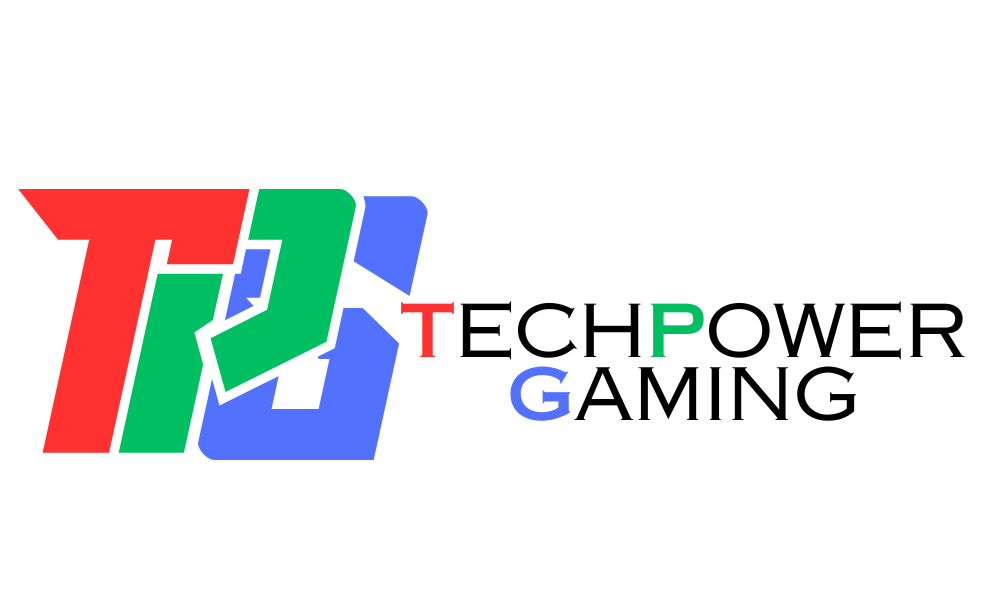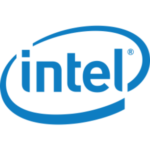Introduction: In the world of technology, few names are as synonymous with innovation and global influence as Microsoft. Founded in 1975 by Bill Gates and Paul Allen, Microsoft has become a trailblazer in the software industry, shaping the course of personal computing and redefining the way people interact with technology. From its humble beginnings to its current status as one of the most valuable companies in the world, this article delves into the fascinating history of Microsoft and its enduring impact on society.
Birth of a Tech Giant: Microsoft’s story began in Albuquerque, New Mexico, when Bill Gates and Paul Allen, both visionaries in their early 20s, developed a passion for computers. Inspired by the advent of the Altair 8800, the world’s first personal computer, Gates and Allen recognized the potential of this new technology. In 1975, they founded Microsoft, a combination of “microcomputer” and “software,” with the vision of placing a computer on every desk and in every home.
The MS-DOS Breakthrough: Microsoft’s breakthrough came in 1981 with the launch of MS-DOS (Microsoft Disk Operating System). It was a command-line-based operating system that provided a standardized platform for IBM’s personal computer (PC). MS-DOS’s success in the market solidified Microsoft’s position as a leading software company, establishing a foundation for future triumphs.
Windows: The Revolution Begins: In 1985, Microsoft introduced its graphical operating system called Windows, forever changing the computing landscape. Windows provided a user-friendly interface with graphical icons, menus, and the ability to multitask, making computers accessible to a broader audience. Though early versions faced criticism, subsequent iterations, such as Windows 3.0 and Windows 95, became monumental successes, dominating the PC market.
Office Suite Dominance: Microsoft Office, a suite of productivity applications, was another pivotal milestone for the company. Launched in 1989, it combined essential tools like Word, Excel, and PowerPoint, revolutionizing how individuals and businesses created, organized, and presented information. The Office suite became the industry standard, further solidifying Microsoft’s influence and contributing to its ongoing success.
Internet Explorer and the Browser Wars: Microsoft’s expansion into the realm of web browsing came with the release of Internet Explorer (IE) in 1995. As the internet gained prominence, the browser wars ensued, with IE competing against Netscape Navigator. Despite legal battles over antitrust concerns, Internet Explorer gained significant market share, laying the groundwork for Microsoft’s involvement in the evolving digital landscape.
The New Millennium: Challenges and Innovations: As the new millennium began, Microsoft faced challenges and embraced new opportunities. In 2001, the company launched the Windows XP operating system, which introduced improved stability, security, and multimedia capabilities. Additionally, Microsoft ventured into the gaming industry with the introduction of the Xbox console, revolutionizing the gaming experience for millions worldwide.
Cloud Computing and Software Services: Recognizing the potential of cloud computing, Microsoft made significant strides with the introduction of Azure in 2010. Azure provided businesses with scalable, flexible, and secure cloud-based solutions, empowering organizations to optimize their operations and reduce infrastructure costs. Microsoft’s commitment to cloud services expanded further with Office 365, a subscription-based version of its popular productivity suite, enabling seamless collaboration and file sharing across devices.
Continued Innovations and Future Prospects: In recent years, Microsoft has continued to innovate across various domains. Windows 10, released in 2015, aimed to unify the user experience across devices, incorporating touch and voice input. The acquisition of LinkedIn in 2016 demonstrated Microsoft’s commitment to expanding its influence in professional networking and online services. Additionally, the company has made strides in artificial intelligence (AI), with products like Cortana and investments in AI research.
Conclusion: From its pioneering days in the fledgling personal computer industry to its current status as a global technology powerhouse, Microsoft’s journey is a testament to innovation, adaptability, and entrepreneurial spirit. With an unwavering commitment to pushing boundaries and shaping the future, Microsoft remains at the forefront of technological advancements, poised to continue revolutionizing the digital age for years to come.













